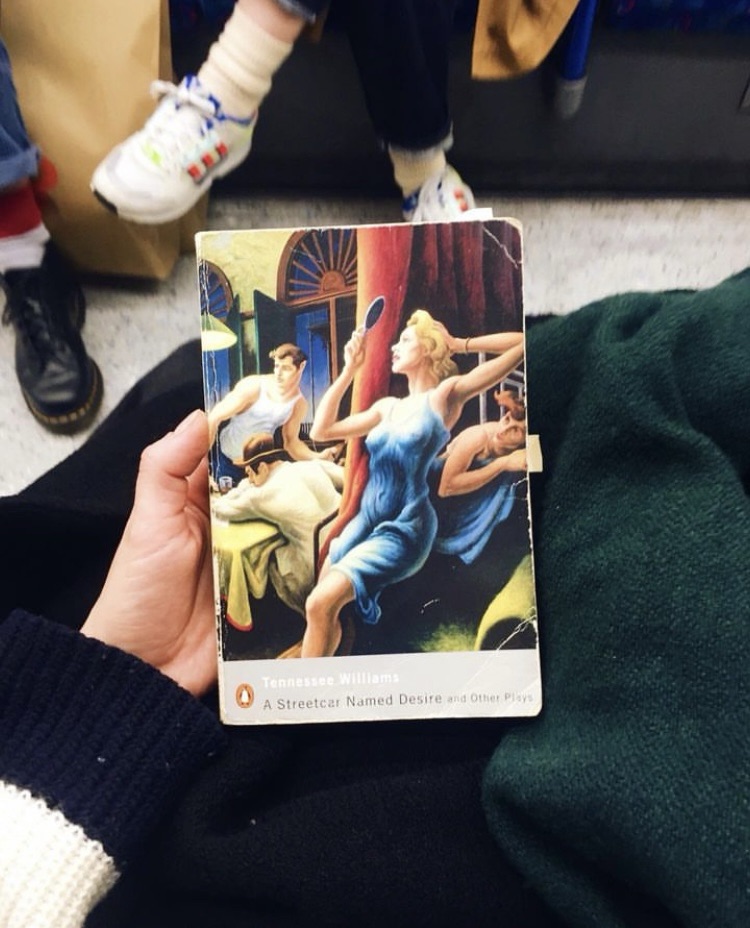
Reading Natalia Ginzburg’s Voices in the Evening reminded me a lot of her memoir, Family Lexicon. Colm Tóbín says in the introduction to Voices that “If the memoir [Family Lexicon] is made in technicolour, then Voices in the Evening is a sepia photograph or fragments of a film whose main narrative has been lost. Its very shape seems to reflect memory in all its flickering uncertainty and its moments of pure clarity” (Voices in the Evening p.xii).
Like in Family Lexicon, the story centres around a family, its internal conflicts and political reality. Set in the Italian countryside, our narrator Elsa, 27, unmarried and a nuisance to her mother hears the stories and the gossip going around in the village. She then falls in love with Tomassino, the son of the di Francisci family, the owners of the town’s factory, and the two begin a secret relationship. As so often in Natalia Ginzburg’s work, the everyday life of the characters is affected by the rise of Fascism and WWII. There is a clear before and after the war for the characters, even if the details of the war itself are barely discussed. What is left is fragments of what was and what is now, a disjointedness in which no character is truly content and all are scarred by the stories that emerge from what happened during the war.
In a structure that moves from large to small, general to particular, Ginzburg lays out the family history and presents its characters, from the father of the family to the youngest sibling, as well as the people around them. Like in Family Lexicon (and Ginzberg’s own upbringing) the family consists of five siblings and a strong-willed father. Fragments of their lives are presented in what Tóbín calls a way “to create an atmosphere of distance and estrangement” (xiii-xiv) and no character really gets a happy ending. But instead of talking to each other they turn inwards and Tommassino, the youngest brother and the narrator Elsa’s secret lover, describes their present situation as follows: “We remain almost always silent, because we have begun to drive our thoughts underground, right at the bottom, right at the bottom inside ourselves” (140). Voices in the Evening can therefore be seen as a fleeting account of things once said, things that once mattered, for characters who now find themselves in wildy different realities after the tragedies that happened under the fascist regime.
Reviewer Alex Clark accurately captures the essence of the novel in his review for The Guardian: “And over all hangs an atmosphere of nostalgia, not in its comforting or corny sense, but as a form of homesickness for the past, and for the vanishing possibilities of the self [. . .]” as Ginzburg “brings those buried stories to the surface”. What remains is a short but incredibly detailed novel about what remains after unspeakable tragedy has struck.















